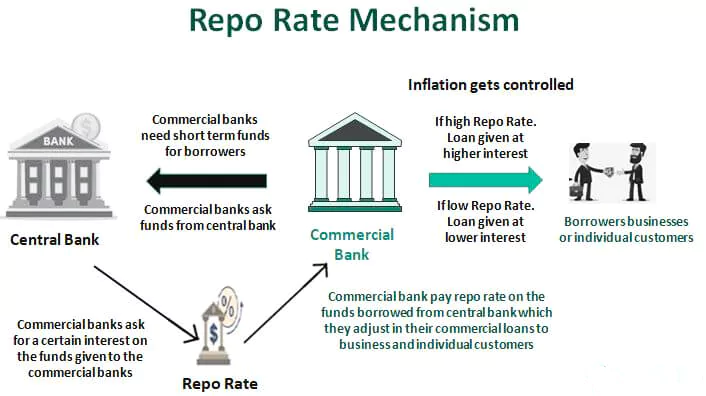![]() 5 Apr 2024
5 Apr 2024
In the first RBI Monetary Policy Committee (MPC) announcement of the Financial Year 2024-25 (FY25), RBI Governor Shaktikanta Das has decided to keep the repo rate at 6.5%.
 Borrowing from the Central Bank: During fund shortages, commercial banks borrow from the central bank at the repo rate.
Borrowing from the Central Bank: During fund shortages, commercial banks borrow from the central bank at the repo rate.
| Must Read | |
| NCERT Notes For UPSC | UPSC Daily Current Affairs |
| UPSC Blogs | UPSC Daily Editorials |
| Daily Current Affairs Quiz | Daily Main Answer Writing |
| UPSC Mains Previous Year Papers | UPSC Test Series 2024 |
<div class="new-fform">
</div>